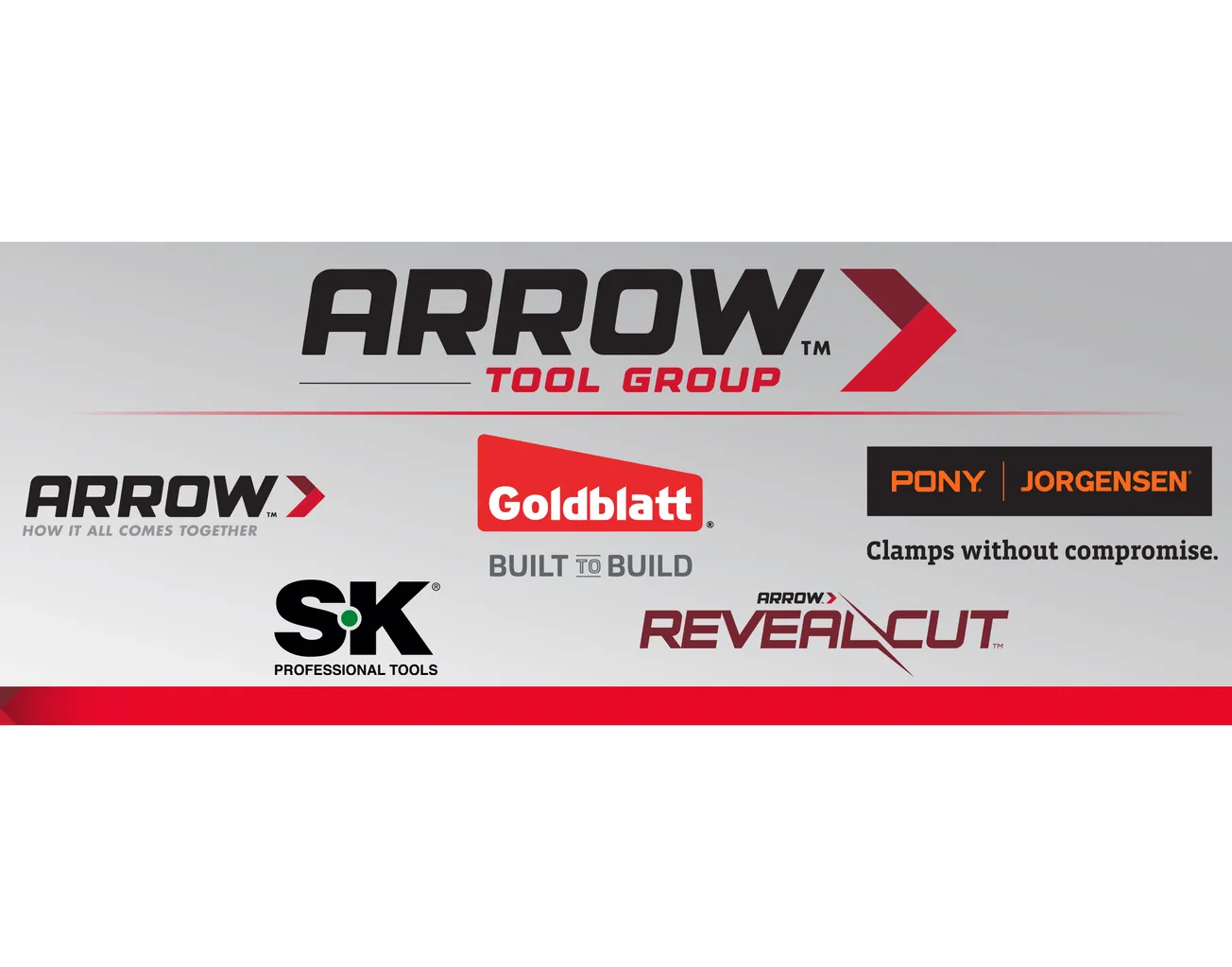Table of Contents
In business, there are a couple of ways to handle interactions with customers and partners.
One option is the transactional approach, which gets the job done but is something of a one-way street. It might involve calling a general corporate number to speak with whichever random individual answers, addressing the matter at hand, and then moving on to the next order of the day. Done, done and done! It’s functional, and certainly it works for some operations—really busy, high-volume companies, for example.
But for many midsize and smaller outfits, especially in an industry where handshakes often cinch the deal, it’s all wrong. Instead, these companies prefer to get to know the person on the other end of the line, building a personal relationship as well as a professional one as they work together over and over again.
Unlike transaction-based business, this is more like a two-way street. The vendor calls the customer; the customer calls the vendor—and in this way, they both stay connected to the market and where it is at the moment.
Conversations are not limited to work, however. Sometimes buyers and sellers simply touch base to rehash a football game that took place over the weekend, catch up on each other’s family events, or make plans to get together for an activity they both enjoy. Sharing the details of their personal lives creates a level of mutual trust and respect that is absent when the voice on the phone is nothing more than that, and it fosters a genuine desire to keep one another’s best interests at heart.
I’m So Into You
The underlying principle behind work relationships—you take care of me, and I’ll take care of you—has endured from one generation to the next in many a wood and lumber company. It’s so ingrained, in fact, that one informal mantra heard throughout the industry proclaims it—“people buy from people,” not from companies.
It might be different if we were servicing the end-user, who might not care where the material for a new deck is coming from; but in distribution and supply, people still want that personal engagement with whomever they’re buying from or selling to. There’s just a comfort level in looking someone in the face, talking to them, and knowing who you’re dealing with.
Everyone in the industry has choices, so it’s important to differentiate yourself from the crowd of competitors who also are vying for the attention of your key individual. You’ve got to figure out who these people are, and you’ve got to figure out how you can be in preferred position instead of somebody else. The way to do that is not by becoming an email order taker, calling only to drum up more business, or keeping partners at an arm’s length socially. Rather, when you make a habit of regular contact, learn the family dog’s name, inquire about the kids’ activities, plan the occasional fun outing, and treat that individual as a person instead of a job assignment, you win!
What Have You Done for Me Lately?
Successful relationships are not built overnight, however; they take time to shape and grow. Once you’ve successfully accomplished this, their value becomes clear:
• You save time because you don’t have to shop around—you know your “go-to” person has your back.
• You avoid haggling because when you have a close relationship, everything’s not contingent on price. Rather, there’s more focus on feedback and collaboration so that both sides walk away from a transaction happy and ready to do business together again in the future.
• You can call in a favor if you’re in a bind—and your partner will jump through hoops and bend over backward to get you what you need.
• You’re on the fast track if there’s a snag. In case of a problem, you don’t have to muddle through layers of people and policy to resolve it—you’ve already got someone on the inside advocating for you so that it’s settled quickly.
• You’ve got a cheering section! When you provide exceptional service through personal interaction, trust, and loyalty, the individuals on the other end of that service will gladly vouch for you to other potential partners. That kind of testimonial goes a long way from one business owner to the next and will help grow your business.
Breaking Up Is Hard to Do
As you can see, relationships give back what you put into them; but, just like in your personal life, sometimes they just aren’t meant to be. It’s fairly easy to tell if any particular relationship is worth keeping: just run a report on sales and profit. The numbers will betray if this thing you’re in is one-sided. Remember, it’s supposed to be a two-way street. So if you’re not pulling your weight in the relationship, you could find yourself on the losing end of a breakup.
You’ll recognize the signs when it happens, too. One of the first red flags, just like in a real-life romance, is a drop-off in communication. If you’re used to chatting with someone every few days but two weeks have passed without a call or email, it’s time to reach out and figure out what’s wrong and how to fix it. In some cases, there may not be anything to fix. Consolidations and industry shakeouts can change the dynamics of a relationship, or dissolve it, with no one to blame.
Luckily, if you find yourself on the rebound, NAWLA is a rich source of vendors and suppliers to cultivate new relationships with at any given time. New relationships of all kinds can and do form all the time. They will continue to do so, as they are a central part of the human experience—and that extends to our work lives. As professionals, we share the same goals—to create and maintain business—and somewhere, somehow, that starts with one person making a connection with another.
In real estate, for example, that connection might lead to one or two shared transactions. But with wood and lumber, we’re looking for the value of someone to do business with for the long haul. That lifetime customer—and maybe even a lifetime friend—is within reach, if we just invest the time and energy in getting to know who they are once they leave the workplace for the day.









